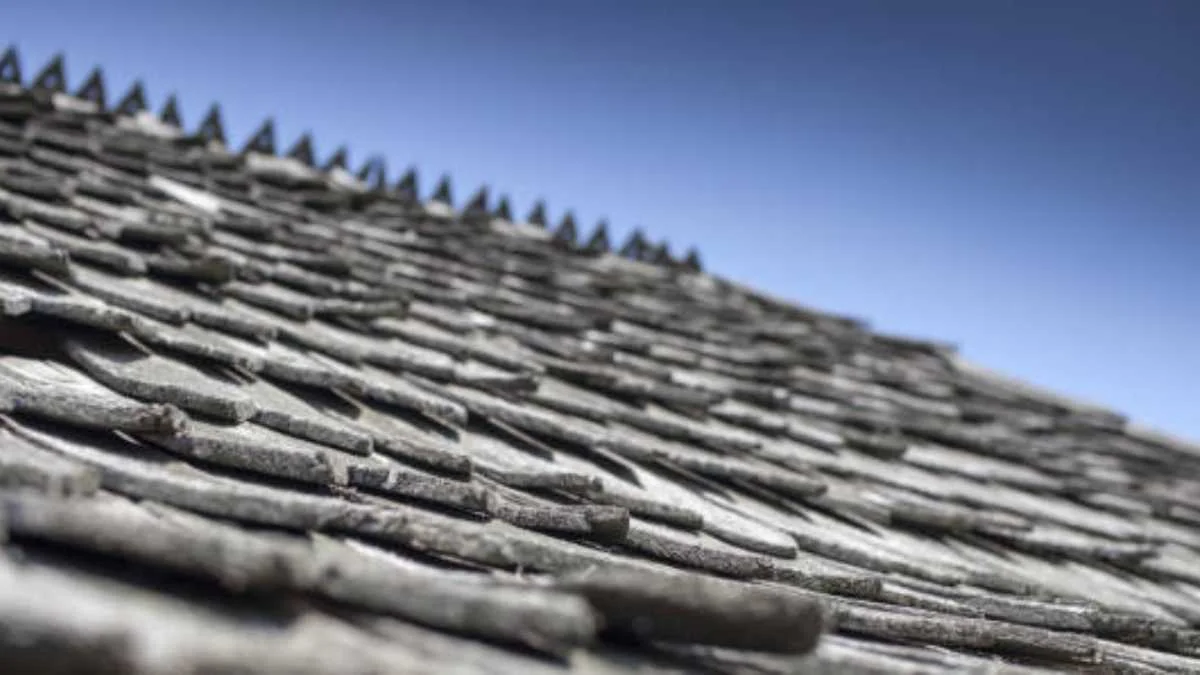HOME IMPROVEMENT
Beneath the Shingles: A Day in the Life of Your Roof

Introduction
Imagine your roof as a silent guardian. Day in and day out, it endures rainstorms, scorching sun, gusting winds, and falling debris—all without a single complaint. It’s easy to forget that the roof over your head isn’t just a fixture; it’s a hardworking system constantly fighting to keep your home safe.
Let’s take a walk through the daily life of your roof. In this behind-the-scenes journey, you’ll gain insight into its duties, dangers, and the quiet warnings it sends when it needs attention.
Morning: Battling the Elements
As the sun rises, your roof begins another day of exposure. UV rays, although invisible, start to degrade roofing materials over time. Shingles expand slightly under heat, then contract again once the temperature drops. This daily motion might seem minor, but it’s one of the many reasons a quality installation matters.
For residential roofing, especially in neighborhoods with lots of tree cover, morning dew is another silent threat. Moisture buildup can creep into weak points and set the stage for rot, mildew, or long-term material wear. That’s why roofs with proper slope and ventilation have a much longer lifespan—they can breathe.
Midday: Deflecting Heat and Pressure
By noon, your roof is at peak performance. Asphalt shingles, tiles, or even metal panels are tasked with absorbing and deflecting heat. Meanwhile, your attic ventilation is working in tandem, regulating interior temperature and reducing pressure from below.
Here’s where your roof shows its versatility. A well-designed roof doesn’t just shield against the sun; it keeps your home energy-efficient. Improper insulation or aging materials can let heat seep inside, driving up your cooling costs. It’s one of the biggest indicators that you might be due for roof replacement.
As an experienced roofing company can attest, sometimes the issue isn’t just the outer layer—it’s everything beneath it. Decking, underlayment, and ventilation all play a role in how well your home resists heat and weather pressure.
Afternoon: Watching the Skies
In the later hours of the day, the weather can become unpredictable. A passing thunderstorm. A blustery wind. Falling branches. Your roof catches it all. The storm doesn’t need to be severe to do damage. A single cracked shingle or a lifted nail can become the entry point for moisture.
That’s where professional roof repair becomes essential. Many homeowners overlook the early signs of damage—water spots in the ceiling, a random shingle in the yard, or a subtle draft in the attic. Over time, these tiny issues evolve into larger structural problems.
Commercial roofing structures, especially flat-roof systems, are particularly vulnerable to pooling and slow drainage. A small lapse in maintenance can lead to serious leaks and interior damage. Whether residential or commercial, the message is the same: don’t wait until water is dripping into your living room or lobby.
Evening: Cooling and Contracting
As the temperature drops, your roof begins to cool. Just like earlier expansion, contraction is a quiet force that affects roofing longevity. Over months and years, this cycle contributes to wear and tear.
Older materials—especially those on roofs 15 to 20 years old—may not handle the cycle well. Cracks develop. Flashing separates. Seals wear out. That’s why regular inspections, at least once per year, are so valuable. They allow you to identify changes before they lead to failure.
One sign your roof might be struggling? If you notice sudden temperature swings inside your home or increasing energy bills. These could indicate compromised insulation or gaps in your roofing system.
Night: Standing Guard in Silence
At night, your roof settles into stillness. But the threats don’t stop. Small animals may scurry across its surface, seeking warmth or a place to nest. Without proper sealing, soffits and vents can become entry points for pests.
Frost, hail, or ice can also strike during colder months, leading to long-term damage. While you sleep, your roof is literally protecting everything underneath—from your furniture and electronics to the people you love.
And though you may not see it, this is when unseen damage often spreads. Moisture trapped under damaged shingles can lead to rot, which eventually affects the internal framing and even your home’s foundation if not addressed.
Roofs Don’t Talk—But They Whisper
If your roof could speak, it wouldn’t ask for much. Just a little attention. A seasonal inspection. Maybe a minor fix before the next storm rolls through. Instead, it whispers in the only language it knows: water stains, missing shingles, higher energy bills.
Ignoring these signs doesn’t save money. It just shifts the expense into the future—often with interest.
The professionals at Pineapple Roofing know that homeowners aren’t looking for problems, but smart maintenance isn’t about being reactive. It’s about being proactive. And a trusted roofing company makes that process simple, transparent, and reliable.
Final Thought: Every Roof Has a Story
Your roof might not be the most glamorous part of your home, but it’s certainly one of the most important. Whether you’re protecting your family, your employees, or your investment, a solid roof is your first and last line of defense.
So, the next time you step outside and look up, take a moment to consider everything your roof is doing for you—every single day. Because even when you don’t notice it, it’s working hard to keep your world safe, dry, and comfortable.
-

 BIOGRAPHY7 months ago
BIOGRAPHY7 months agoBehind the Scenes with Sandra Orlow: An Exclusive Interview
-

 HOME1 year ago
HOME1 year agoDiscovering Insights: A Deep Dive into the //vital-mag.net blog
-

 HOME1 year ago
HOME1 year agoSifangds in Action: Real-Life Applications and Success Stories
-

 BIOGRAPHY1 year ago
BIOGRAPHY1 year agoThe Woman Behind the Comedian: Meet Andrew Santino Wife




























